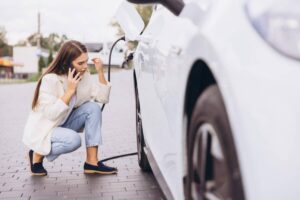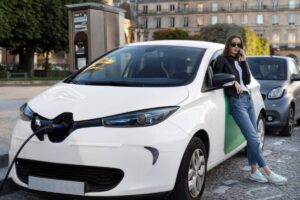The Automobiles & Vehicles Blog
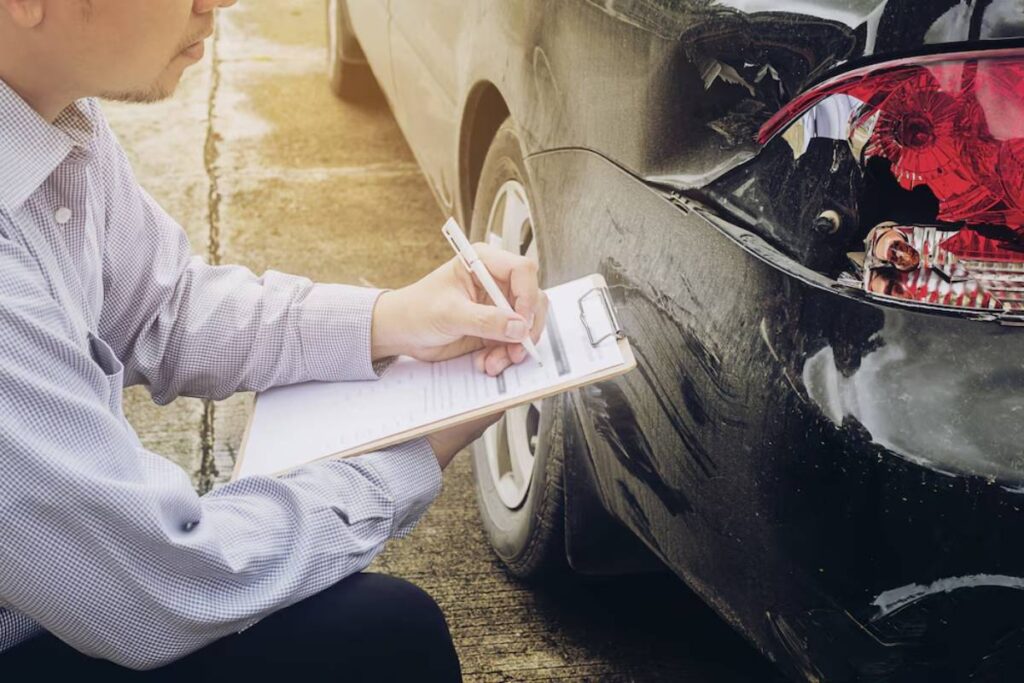
Understanding EV Crash Test Scores
Electric vehicles are redefining how we think about transport — cleaner, quieter, and increasingly more affordable. But as we swap fuel tanks for battery packs, one essential question remains: how safe are EVs when accidents happen?
Crash tests aren’t just crashy spectacles in slow-motion videos. They’re critical assessments that reveal how well your car — and more importantly, you and your loved ones — are protected in a collision. For EVs, there’s an extra layer of complexity: high-voltage batteries, unique chassis designs, and newer technologies that must all work in harmony during an impact.
In this guide, we’ll demystify EV safety ratings, take a closer look at electric car crash test procedures, and help you understand how to read results from key bodies like Euro NCAP and the NHTSA EV ratings. You’ll gain insight into what the stars, percentages, and categories really mean, and how to use them to make confident buying decisions.
Why Are EV Crash Tests So Important?
EVs Aren’t Just Cars with Batteries
EVs are engineered differently. They often lack an engine block at the front — a traditional component that absorbs crash energy. Instead, they use crumple zones and rigid battery platforms to manage force during collisions.
Additionally, EVs are heavier — thanks to battery weight — which influences how they behave in a crash and how much force they transfer to other vehicles or pedestrians.
Safety Ratings = Real-World Reassurance
A strong crash test score offers tangible peace of mind. It tells you how well the vehicle protects occupants, how it minimises injury risk to pedestrians, and how likely it is to avoid accidents altogether through advanced tech.
If you’re choosing between two EVs with similar features, the safety rating could (and arguably should) be your tie-breaker.
Who Conducts Electric Car Crash Tests?
Let’s break down the two major organisations you’ll see referenced most frequently:
1. Euro NCAP (Europe)
Euro NCAP is the most trusted safety authority across the UK and Europe. They put vehicles through a battery of tests and rate them with a 0–5 star system.
Their categories include:
- Adult Occupant Protection
- Child Occupant Protection
- Vulnerable Road User Protection (e.g., pedestrians)
- Safety Assist (driver assistance systems)
Euro NCAP is known for setting the bar high, with updated protocols every few years to keep up with technology.
2. NHTSA (USA)
The National Highway Traffic Safety Administration conducts the official US government crash testing, focusing on:
- Frontal crash tests
- Side-impact tests
- Rollover resistance
Their results are displayed with 5-star ratings, similar to Euro NCAP, but with different methodologies and crash speeds.
3. IIHS (USA, Independent)
While not government-run, the Insurance Institute for Highway Safety is highly respected. They go beyond the basics, testing:
- Small overlap front crashes
- Headlight effectiveness
- Front crash prevention (vehicle-to-vehicle and vehicle-to-pedestrian)
How Are Electric Car Crash Tests Conducted?
Appreciating the ratings helps one understand the methods behind them.
Frontal Crash Test
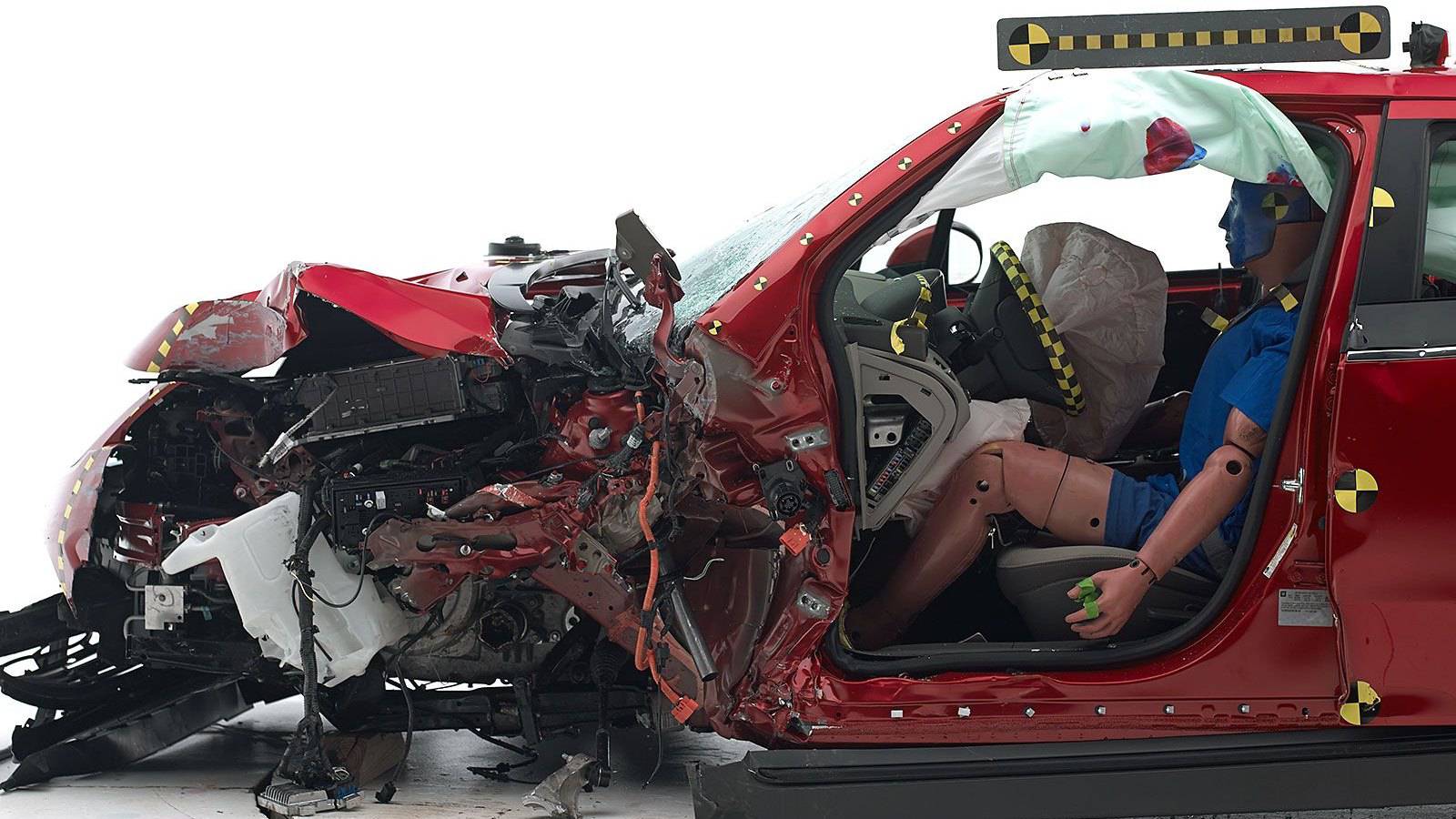
- Simulates a head-on collision at 35–40 mph (56–64 km/h)
- Evaluates driver and passenger injury risks using crash test dummies
- In EVs, also monitors battery containment and fire risk
Side-Impact Test
- Mimics a T-bone crash at junctions
- Tests include a moving barrier and a pole (to simulate hitting a tree or pole)
- Side airbags, door structure, and battery shield integrity are assessed
Rollover and Roof Strength Test
- Especially relevant for taller EVs like SUVs
- Measures roof collapse resistance and battery stability
Post-Crash Battery Monitoring
This is unique to EVs: After the crash, the battery system is evaluated for:
- Short circuits
- Leakage
- Thermal runaway risks (i.e., fire)
Manufacturers must demonstrate that their battery packs remain sealed and safe, even after severe impacts.
Understanding EV Safety Ratings: A Star Isn’t Just a Star
Let’s break down what those stars and percentages really tell you:
5 Stars
Top-level protection. A 5-star rating means the vehicle performs excellently in all tested categories and is fitted with robust driver-assistance tech.
4 Stars
Still very good, but might lack certain ADAS (advanced driver-assist systems) or score slightly lower in pedestrian safety.
3 Stars or Less
May offer limited crash protection or lack key safety tech. Best avoided if you prioritise family safety.
Real-World Example: Tesla Model Y
In recent tests by Euro NCAP, the 2025 Tesla Model Y received:
- 97% Adult Occupant Protection
- 87% Child Occupant Protection
- 84% Pedestrian Protection
- 98% Safety Assist
These scores reflect Tesla’s focus on collision avoidance and post-crash stability, thanks to its rigid body frame and extensive camera-based safety system.
Battery Safety: What Are the Standards?
UN Regulation No. 100
In Europe, EV batteries must comply with UN R100, which governs battery safety under physical stress.
EVs must demonstrate:
- Crash durability
- Fire resistance
- Protection against water intrusion (IP ratings)
For example, the Hyundai Ioniq 6 has an IP69-rated battery system, meaning it can resist dust and withstand powerful water jets — useful during floods or firefighting situations.
How Do Safety Features Influence Crash Ratings?
Advanced Driver Assistance Systems (ADAS)
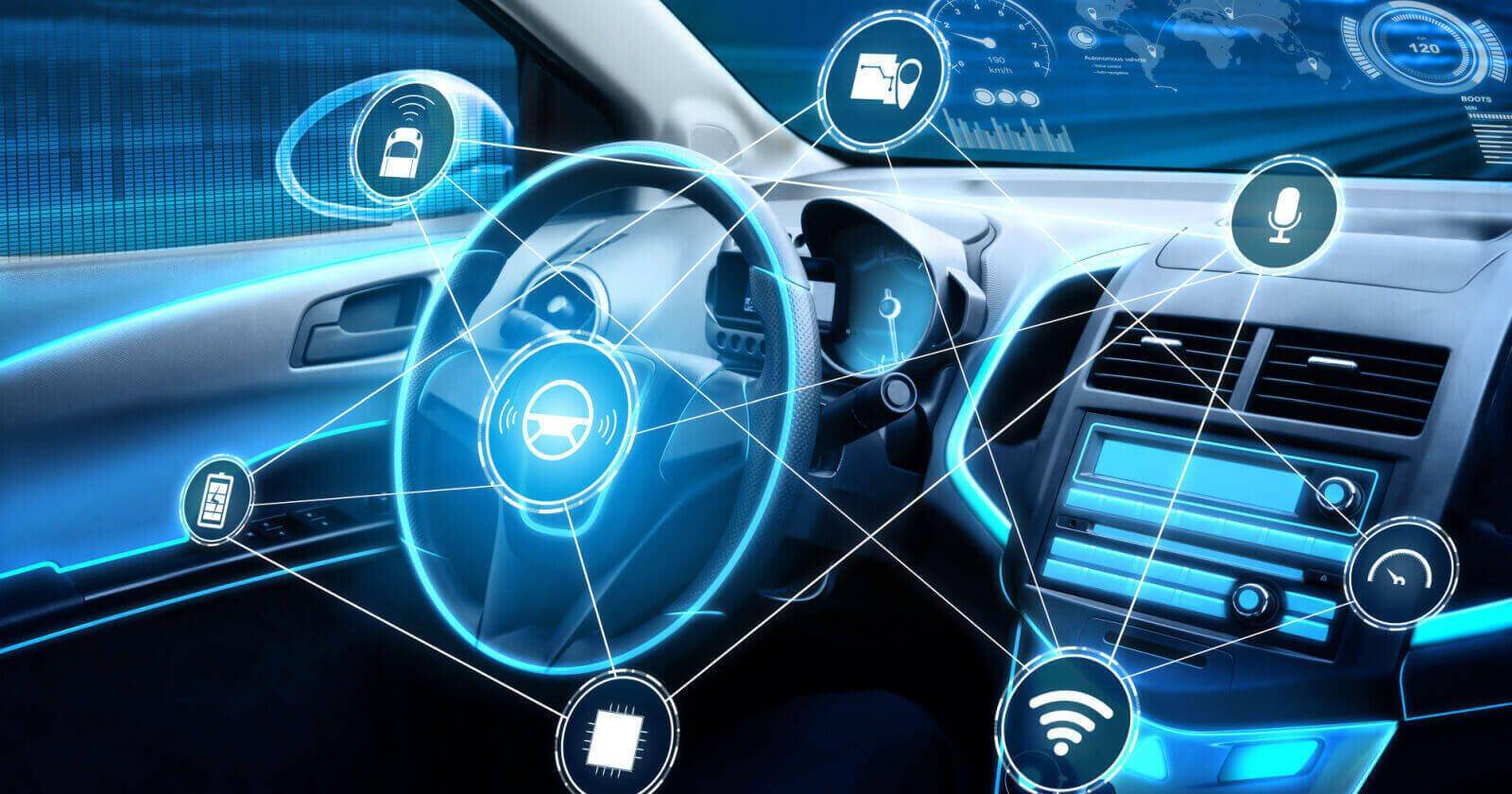
These include:
- Emergency braking
- Pedestrian and cyclist detection
- Lane-keep assist
- Speed limit recognition
Euro NCAP scores higher for vehicles that actively help avoid collisions — not just survive them.
Driver Monitoring Systems
More vehicles are now including cameras that track driver attention and alertness. Euro NCAP gives bonus points for these, as they significantly reduce accident risks.
EV Safety Myths: Busted
Let’s tackle a few common misconceptions:
“EVs are more dangerous in crashes because of the battery.”
Truth: EVs undergo more rigorous post-crash battery safety assessments than petrol cars. Most high-profile fires are rare and usually due to extreme impacts or third-party chargers.
“All EVs are equally safe because they’re new.”
Truth: Not all EVs are created equal. Some budget models skimp on advanced safety systems or structural reinforcements. Always check the crash test results before buying.
Used EVs and Crash Test Scores: What Should You Check?
Buying second-hand? Here’s how to use crash scores smartly:
- Look up the crash test results for the exact model and year
- Ensure all ADAS systems are still functional — test drive them
- Confirm airbag systems and sensors haven’t been tampered with
- Request any recall history relating to safety or battery
Tip: Euro NCAP’s archive allows you to filter by year and version — perfect for second-hand shoppers.
Anecdote: Marcus’ Life-Changing Test Drive
Marcus, a commuter from Sheffield, had been debating between two used EVs — both stylish, similar mileage, similar price.
One had a 3-star Euro NCAP rating. The other — a 5-star model with emergency braking and blind spot detection. He chose the latter.
Two months later, an inattentive driver ran a red light.
“My car hit the brakes before I even saw the van. It didn’t just save my car — it saved my neck.”
Crash Scores Could Save Your Life
Safety can feel like an afterthought in a world where we obsess over range, charge time, and tech features. But it shouldn’t be. When protecting your family — or even yourself — EV crash test scores matter deeply.
You’re arming yourself with real, usable insight by understanding how EV safety ratings work, how electric car crash tests are run, and what the NHTSA EV data tells you.




